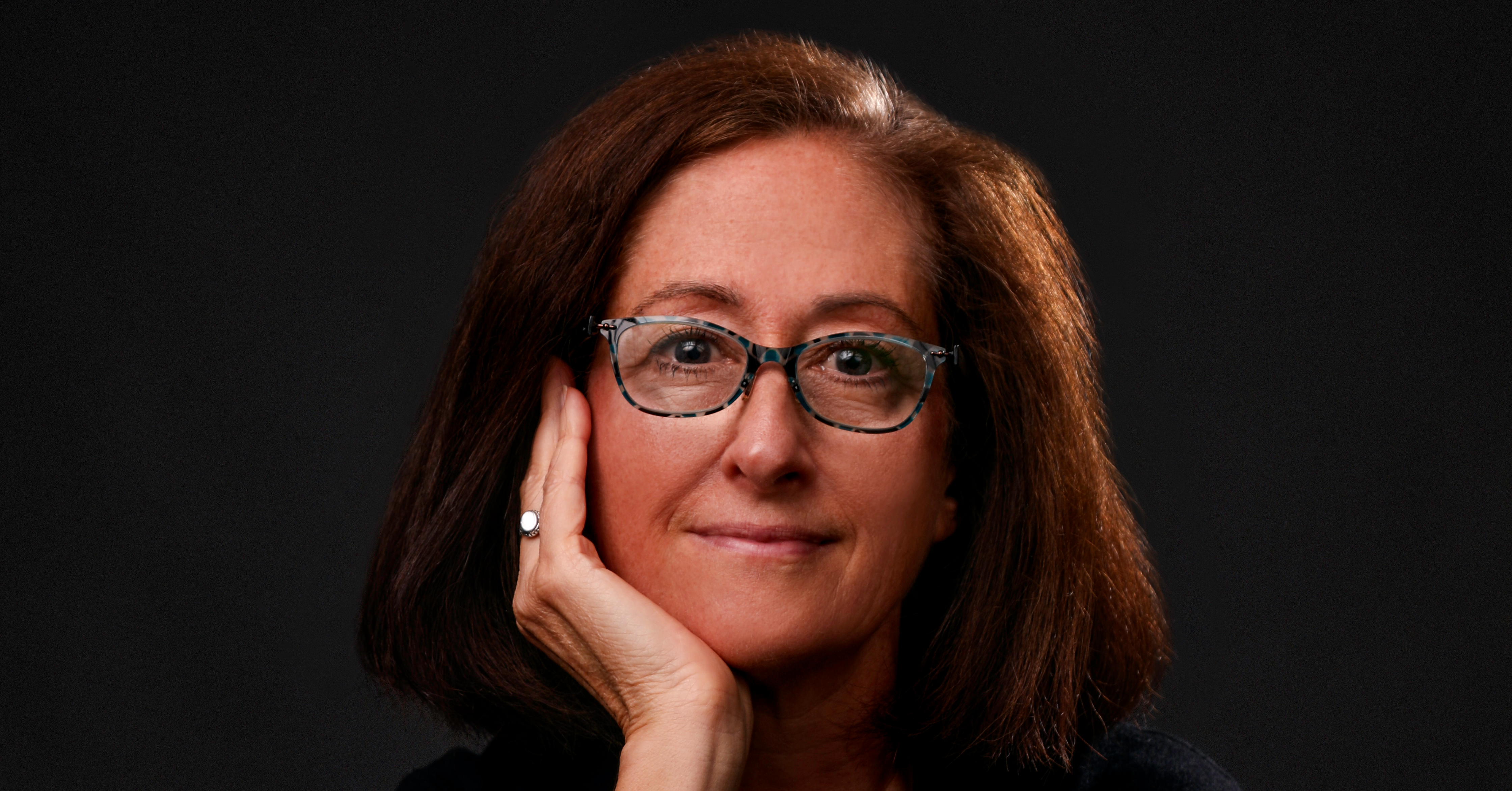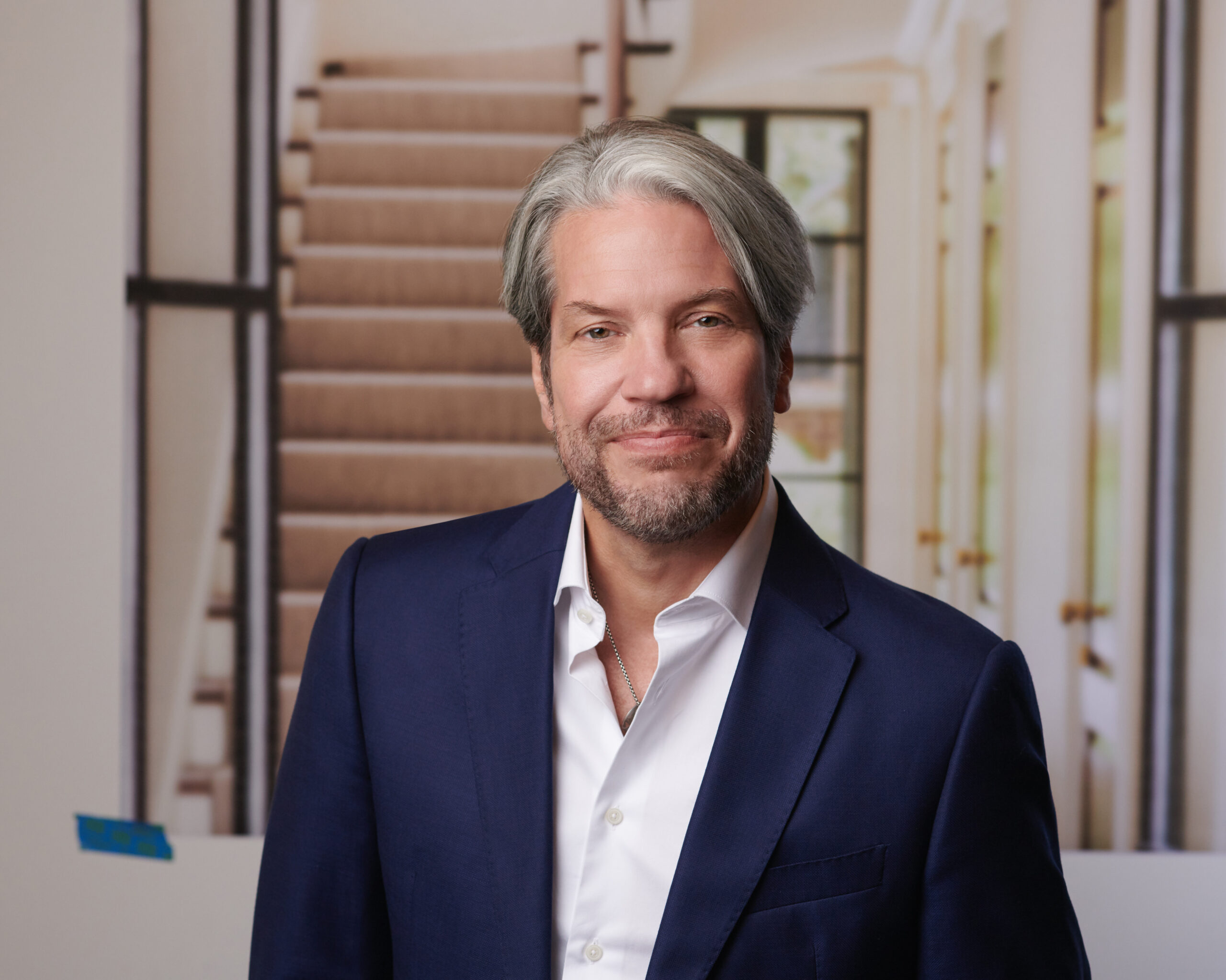Sidney Griffin, AIA, NOMA, chooses his words carefully, with a calm reassuring voice like the countdown to a shuttle launch — perfect for navigating frustrated colleagues through a difficult computer crash or corrupted BIM model. On a sunny February afternoon, I met with Griffin to discuss his new role as the first BIM Project Manager for the University of Virginia’s Geospatial Engineering Services, the future of integrating technology and buildings to benefit building owners, and how serving our clients better and becoming a more inclusive profession could go hand in hand.
More »Glavé’s Lori Garrett: Strengthening the firm’s culture is its future
In January, Richmond-based Glavé & Holmes Architecture, named Lori Garrett, FAIA, President of the firm, succeeding Randy Holmes, FAIA, who had occupied the post for 21 years. With this change, the firm became Virginia’s largest woman-led architecture firm. Garrett, who holds an M.Arch. from the School of Architecture at the University of Virginia, marks her 17th year at Glavé and will continue to lead projects she is managing for the firm’s higher education studio. In this wide-ranging interview, she talks about the firm’s growth strategy and its response to this post-covid labor market.
More »Q+A: Donald Lococo on Market Volatility and Sustainability
Washington, DC-based architect Donald Lococo, AIA, is the founder and principal of Donald Lococo Architects, an award winning residential firm on the front lines of a post-pandemic economy rife with supply chain and labor challenges, as well as a local real estate market ablaze with low inventory and fever-pitch prices. By focusing on current work, Lococo has been weathering the volatility, and by pausing to reflect, he’s been mapping a path forward for new work with an emphasis on sustainability.
More »Shannon Wray: Creating the Perfect Workplace Hybrid

Opened in 2019, Quinn Evans’ Fairfield Library project featured a custom workstation that updates the classic library carrel to incorporate self-directed learning for children and peace of mind for caregivers. In this interview, Shannon Wray, a senior interior designer at Quinn Evans, talks about the discovery process and the iterations that led to a 2020 IIDA/ASID IDEA Interior Design Excellence Award for the hybrid workstation and play space. “It creates privacy and it also fosters community and conviviality,” she says, “but to get there, we had a bunch of little ‘ah-ha’ moments that lead to the final design.”
More »Perspectives on Justice: Rasheda Tripp on Justice as a Noun and a Verb
Equity, diversity, and inclusion have been adopted into workplace culture and studio programming. But, justice — as a principle and directive — has catalyzed the effort for fundamental awareness and evident change within architecture. Why is justice a necessary design ethic? Virginia’s preeminent voices in equity, diversity, and inclusion weigh-in on why this question matters. As part of this series, Rasheda Tripp, AIA, an architect at GuernseyTingle, says that for justice to occur, it must be an ideal and a plan of action. “You have to throw big ideas up to make something stick. It can’t be a precise suggestion about improving things because it will get lost in the noise. But, then you have to follow the big idea with effective effort.”
More »Remembering Walter Wildman
Virginia architect Walter Wildman died late last year on Dec. 2, 2020. Wildman’s daughter Ellen Wildman shares this remembrance of his impact.
More »“Dad always said he never wanted to be wealthy as an architect. He wanted to make a difference in people’s lives through his work.”
Perspectives on Justice: John Spencer on Learning What Fair Really Means
Equity, diversity, and inclusion have been adopted into workplace culture and studio programming. But, justice — as a principle and directive — has catalyzed the effort for fundamental awareness and evident change within architecture. Why is justice a necessary design ethic? Virginia’s preeminent voices in equity, diversity, and inclusion weigh-in on why this question matters. As part of this series, Noland Medalist John Spencer, FAIA, says that justice is only achievable if individuals can accept fairness and practice it. “Subjects we talked about 50 years ago were not considered part of architecture, and subjects we’re talking about now are sometimes not considered to be part of architecture,” he says. “While talking has gotten easier, we still have to address the problem.”
More »



